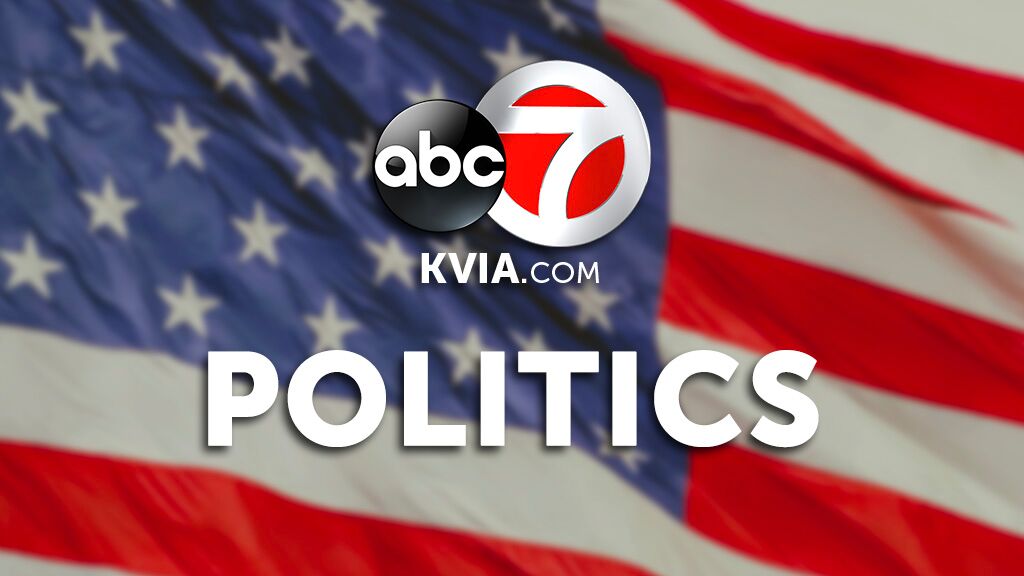Colleges, face up to the rocky financial reality

America’s 1,700 private nonprofit colleges play a significant role in American society, enrolling 3.4 million students and employing 750,000 people. Yet few people appreciate just how much pressure they are under, despite increasing press coverage of particular situations including the closing of Mount Ida College and the restructuring of Sweet Briar College and Hampshire College. What is going on?
The most fundamental challenge is demographics. The birth rate fell after the 2007/8 financial crisis and has never recovered. As a result, the number of students entering college from high school is expected to fall 15% starting in 2025—but this drop will be felt far more acutely by less selective schools in lower growth parts of the country. (Harvard will stay full.)
Any competitive industry with over-capacity, fixed assets (for example, campuses) and semi-fixed costs (such as staff) quickly faces hard choices and difficult finances. In an attempt to attract the shrinking pool of students, colleges are already cutting prices, spending more on enrollment strategies, investing in new facilities and chasing “in-demand” programs (for example, coding).
While these decisions may be rational for individual schools, they are not collectively sustainable. As nonprofits that have already seen a reduction in inflation-adjusted-per-student government funding over the last 10 years and are already grappling with technology change, some won’t have the cushion to ride out the demographic storm.
Although the demographic cliff is still several years away, the number of closures and mergers has already risen—and more are expected. While many of these will be unavoidable, they can still be done well or badly. A “good” closure includes a fully-funded plan to enable students to complete their degrees elsewhere and avoids needless damage to small towns and rural communities where even a small or struggling college represents an important part of the social and economic fabric.
In the face of several “bad” closures, new laws—the Financial Stability in Higher Education Act in Massachusetts and the Federal Stop College Closure Act—have recently been introduced to require colleges to regularly disclose their financial condition in “plain English,” proactively reach out to the relevant agencies if they are at “risk of imminent closure,” maintain “teach out” plans allowing students to complete their degrees in the event of a closure and set aside the financial resources to fully implement such plans.
Some colleges are already doing these types of things and they are already subject to oversight by four bodies—the State Attorney General, the State Board of Education, the regional accreditor and the federal Department of Education. These bodies have the data—through IPEDS (Integrated Postsecondary Education Data System) and others—to identify who might be struggling based on simple metrics like enrollment, net tuition discount and tuition dependence. Even in the absence of new laws, they have the collective power—should they choose to use it—to monitor colleges and ensure that institutions are positioned to serve the students they accept.
Fortunately, there is still time for at-risk colleges to transform themselves, rather than wait to hit the wall or be preemptively shut down by skittish regulators. Depending on the circumstances, institutional transformation could take many forms including alliances, mergers, divestments, conversions into educational or community foundations and yes, well-planned, dignified dissolutions.
Everyone has a role to play in making these wise, student-centric transformations happen:
Policymakers and national accrediting bodies must enforce a regulatory framework that encourages and supports good governance and responsible self-determination. This might include a higher-education equivalent of the FDIC to support otherwise-stranded students or of the Resolution Trust Corporation to act as a trustee for failed institutions.
Economic development funds might be earmarked to encourage and support the transformation of colleges that are vital economic actors in small towns and rural areas where jobs are hard to come by. Policymakers must also consider public and private institutions as one ecosystem. At a time when colleges and universities face the prospect of too many empty seats, expanding public institutions is not the most cost-effective way to meet the needs of students.
Prospective students, their families and college advisers should investigate the financial condition and governance quality of the institutions they are considering. They should spend less time reading arcane US News and World Report rankings and more time studying financial statements. Colleges that are transparent and well-governed should stand the best chance of gaining higher application and matriculation rates.
Alumni must realize that while trying to preserve the best of the past, their alma mater must, above all, fulfill its duty to current and future students. Alumni who object when a college decides to make changes usually only delay the inevitable, discouraging courageous decision-making and putting current and future students at risk by wasting precious time and resources.
Trustees should remember that their fiduciary duties of care, loyalty and obedience are to the mission of the college, not its continued existence as a standalone institution in its current form. They should educate themselves about the facts, undertake realistic scenario planning, invite outside experts into the boardroom to provide context, resist magical thinking and not punish presidents courageous enough to speak the truth.
The associations serving colleges and universities must not shy away from the uncomfortable role of encouraging frank discussion among their members. They should actively support the process of institutional transformation.
The adults involved in higher education have promised students—particularly first-generation, low-income or students of color—that college is important, an investment that will pay off and a ticket to the American Dream. They owe it to those students to keep that promise front and center as they make tough decisions over the coming years.
